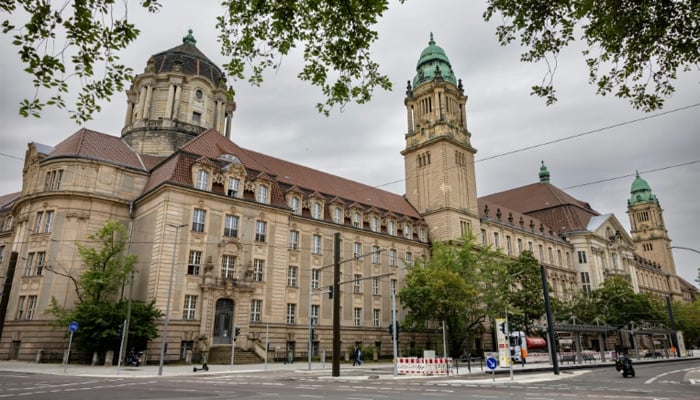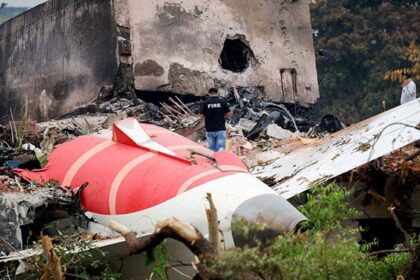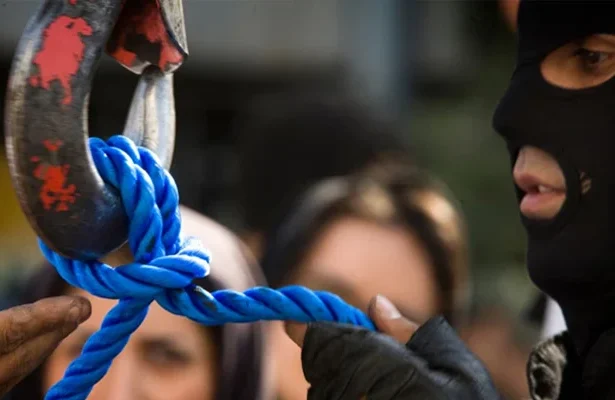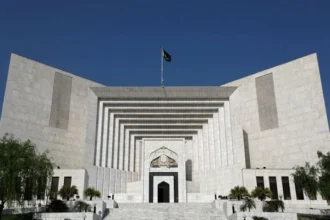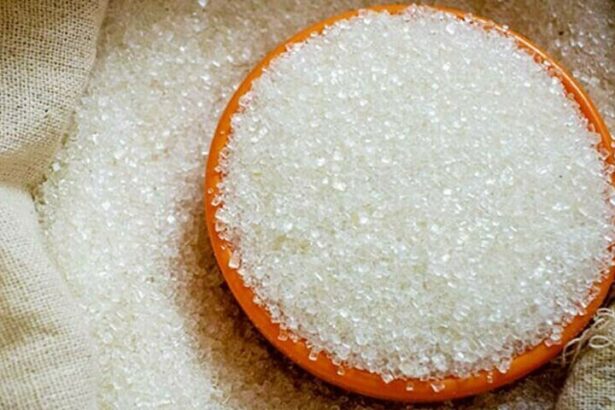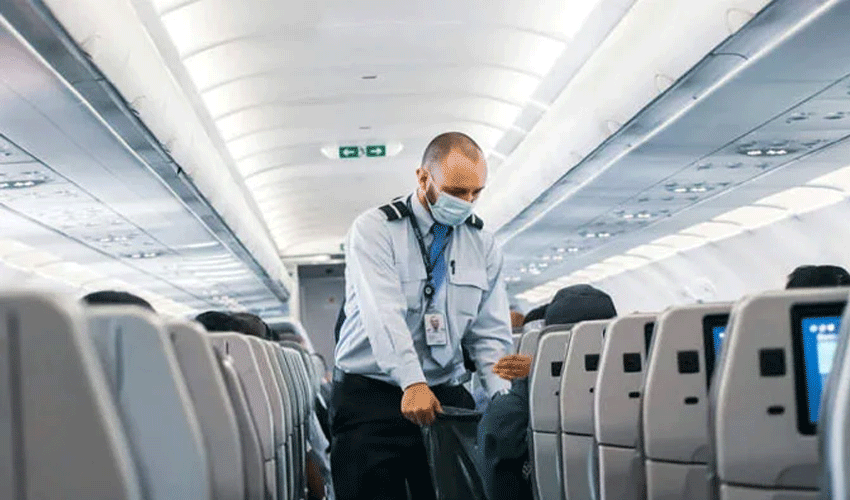Hot News
EU ready to hit US with $24.5bn tariff list, says Italy’s foreign minister
Trump threatens to impose 30% tariff on imports from Mexico and EU starting on Aug 1
German ‘doctor death’ goes on trial for 15 murders
Investigators fear trial of 40-year-old palliative care specialist may just be tip of deadly iceberg
Kentucky church shooting leaves three dead, including suspect
Police chief offers no motive but says suspect may have known some churchgoers
Small plane crash shuts London regional airport until further notice
Video footage shows 12-metre plane in flames with plume of black smoke at Southend-on-Sea
Russia denounces a report that it supported the Iran nuclear deal with “zero enrichment.”
The report is described by Moscow as a "new political defamation campaign" to heighten tensions surrounding Iran's nuclear program.
According to an Indian rebel group, the army killed leaders during the Myanmar strikes.
Camps belonging to another rebel group, People's Liberation Army, were also targeted, says ULFA
Modi’s push for Hindi language’s nationwide adoption faces resistance
Maharashtra and Tamil Nadu states see ruling BJP's move as attempt to wipe out their cultural heritage
Iranian president suffered minor injuries in Israeli strike during last month’s conflict: report
Attack took place on June 17 when Iranian officials gathered in underground section of building, claims report
Ex-PM Mahathir of Malaysia, 100, is in the hospital due to exhaustion.
Mahathir has history of heart problems and has undergone bypass surgeries
Due to “theft allegations,” influencer Abdu Rozik was arrested at the Dubai airport.
21-year-old was taken into custody after arriving from Montenegro
Editor's Pick
Iran executes a man in public for the rape and murder of a child
"The case was given special attention due to emotional impact it had…
Weather
32°C
New York
scattered clouds
33°
_
30°
61%
3 km/h
You must be a registered user to participate in this chat.
Discover Categories
Top judicial forum forms body to address enforced disappearances
NJPMC directs high courts to establish mechanisms against external influence on judges
Opposition enters final talks to unseat PTI in Khyber Pakhtunkhwa
Kundi, Muqam, and Khattak hold multiple meetings to discuss major power shift…
Omar Abdullah, IIOJK CM, scales a wall to enter the martyrs’ cemetery despite limitations.
All roads sealed in occupied territory while many political leaders placed under…
The UAE promises to address Pakistan’s visa concerns.
Naqvi meets UAE deputy prime minister, stresses importance of easing visa rules…
Georgia’s Muslim minority maintains its patriotism in a predominantly Christian state.
Georgia was second country in world to adopt Christianity as its state…

Stay Informed, Stay Ahead!
Welcome to Our News Magazine – Your Gateway to Timely Updates. Explore Breaking News, In-Depth Features, and Exclusive Insights. Join Our Community of Knowledge Seekers Today!
Learn More
Sports
Global Coronavirus Cases
Confirmed
65.10M
Death
6.60M
Flight fraud: Man poses as airline staff, scores 120 free trips
After allegedly posing as a flight attendant to fraudulently take advantage of more than 120 free flights around the US, a 35-year-old American man has been charged with several federal…


